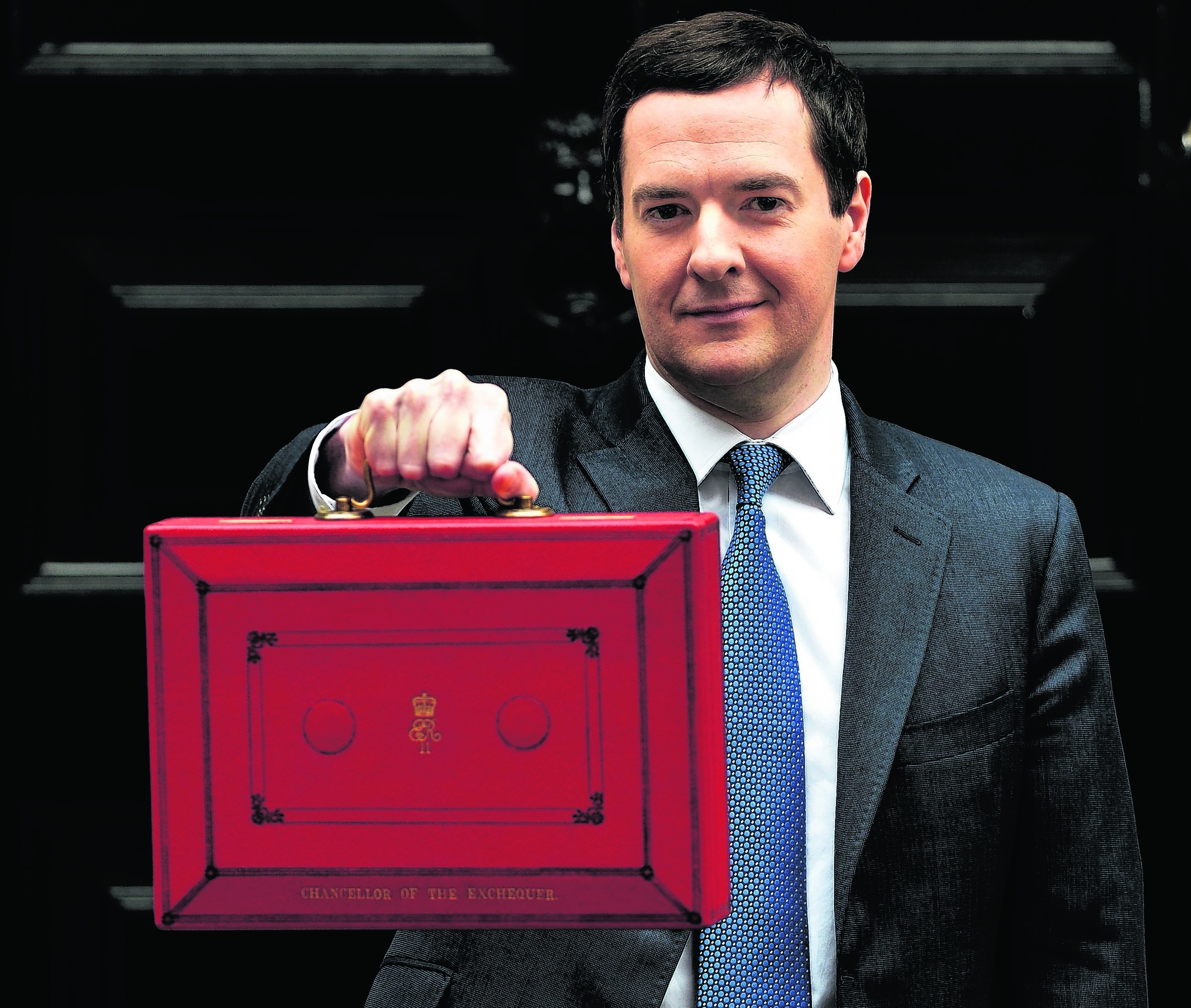The new stamp duty rates announced at the beginning of last month will put Scotland at a further disadvantage, according to Savills.
Buyers in Scotland, where the market has been slower to recover, will only benefit in the very short term as the Scottish Government is bringing in land and buildings transaction tax (LBTT), a totally new tax system, which replaces stamp duty, from April 1 of next year.
While the new stamp duty rates will mean savings for around 750,000 home buyers across England and Wales, as all buyers up to £937,000 will benefit, it is a different story north of the border.
“It is interesting that the Scottish market, which has been slowest to recover, will only feel the benefit in the very short term”, said Andrew Perratt, of Savills. “Whereas buyers of properties of almost £1million will shoulder the burden south of the border, buyers of modest homes located in our cities will pay more.”
For example, buyers of a family home priced at £360,000 will be paying £13,600 in tax under the new LBTT system, which is 66% more than the new stamp duty rates. Buyers of properties of £450,000, will pay £22,300 under the new LBTT system which is 78% more than under the new stamp duty system.
“We question whether the new LBTT rates in Scotland are being set appropriately,” said Mr Perratt.
“The announcement by the chancellor adds weight to the argument that the housing market needs support, not punitive taxation. Nowhere is this truer than in Scotland, with our still-fragile housing market. The LBTT rates are still to be finalised by Scottish Government and I hope John Swinney will recognise that full market recovery depends on more than just support for first-time buyers. We are concerned that the new rates will have a negative impact from mid-market upwards.”
